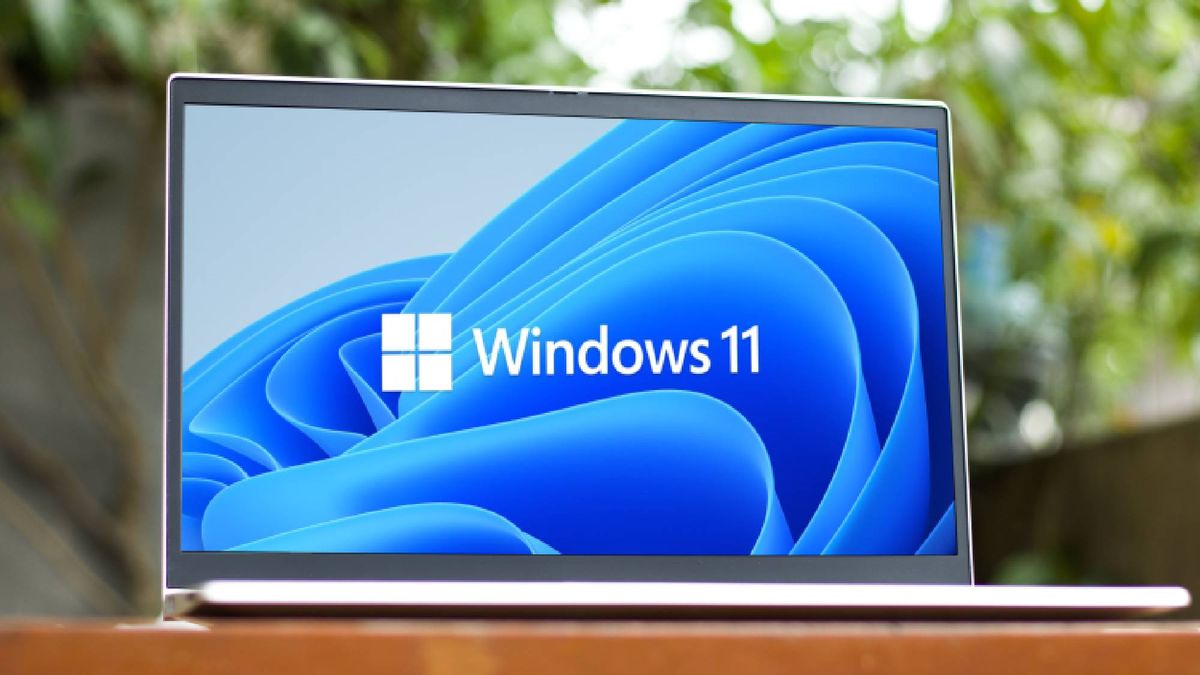Table of Links
Abstract and 1. Introduction
-
Related Work
-
Task, Datasets, Baseline
-
RQ 1: Leveraging the Neighbourhood at Inference
4.1. Methods
4.2. Experiments
-
RQ 2: Leveraging the Neighbourhood at Training
5.1. Methods
5.2. Experiments
-
RQ 3: Cross-Domain Generalizability
-
Conclusion
-
Limitations
-
Ethics Statement
-
Bibliographical References
Rhetorical Role Labeling Initial efforts of RRL aimed to facilitate summarization tasks (Saravanan et al., 2008; Farzindar and Lapalme, 2004). Saravanan et al. 2008 employed Conditional Random Fields on hand-crafted features, to identify seven rhetorical roles in Indian state High Court documents. Savelka and Ashley 2018 categorized text into functional segments (Introduction, Background, Analysis, and Footnotes) and issue-specific segments (Analysis and Conclusion) using CRF on a corpus of US trade secret and cybercrime decisions. Walker et al. 2019 adopted feature-based methods for segmenting U.S. Board of Veterans’ Appeals decisions. Nejadgholi et al. 2017 focused on identifying factual and non-factual sentences in Canadian immigration case documents, using FastText embeddings for query-oriented search engine application.
Recently, deep learning-based classification have been applied to this task in various contexts, such as Japanese documents (Yamada et al., 2019), Indian Supreme Court documents (Bhattacharya et al., 2021; Ghosh and Wyner, 2019; Malik et al., 2022; Kalamkar et al., 2022). These methods adopt hierarchical approaches to account for the sequential sentence classification nature of the task, drawing context from surrounding sentences. This has been the defacto architecture for this task, with modifications ranging from word embeddings initially (Bhattacharya et al., 2021; Ghosh and Wyner, 2019) to BERT based contextualized embeddings recently (Malik et al., 2022; Kalamkar et al., 2022). Recently, Santosh et al. 2023 reformulated the task as span-level sequential classification that segment the document into sets of contiguous sequence of sentences (spans) and assign them labels. In our work, we the Indian Supreme Court corpus from prior research, proposing algorithms to effectively enhance their performance leveraging the knowledge from analogous neighbourly instances both at inference time without re-training, and also during training. Recently, Savelka et al. 2021 investigated the transferability of rhetorical segmentation models across seven jurisdictions and six languages, including Canada, the US, Czech Republic, Italy, Germany, Poland and France. In this study we also examine cross-domain performance on Indian Supreme Court documents across different legal contexts.
Leveraging Neighborhood Information Utilizing neighborhood information offers two pathways: one during inference and the other during training. Inference-time methods, commonly applied in few-shot classification, facilitate label assignment based on proximity to training examples without any re-training (Snell et al., 2017; Yang and Katiyar, 2020). Various techniques include employing all examples to identify nearest neighbors for the final label assignment (Yang and Katiyar, 2020) and constructing prototypes based on examples of the same label (Snell et al., 2017), among others. This concept has gained widespread attention as retrieval-augmented models in various tasks, including language modeling (Khandelwal et al., 2019; Zheng et al., 2021), machine translation (Zheng et al., 2021)named entity recognition (Wang et al., 2022b) and multi-label text classification (Wang et al., 2022a).
On the training side, methods like contrastive learning have been applied in self-supervised representation learning (Gao et al., 2021), wherein neighbour constraints are enforced in the embedding space through data augmentation. More recently, they have been extended to supervised learning scenarios using instances with the same label as neighbors (Khosla et al., 2020). Another approach is prototypical learning (Ding et al., 2020), which designates representative prototypes for each class as guiding points to enforce neighborhood constraints on data instances. In this study, we harness both training and inference-based neighbour learning strategies. Additionally, we explore the their capabilities in cross-domain scenarios, within the context of the RRL task.
Authors:
(1) Santosh T.Y.S.S, School of Computation, Information, and Technology; Technical University of Munich, Germany ([email protected]);
(2) Hassan Sarwat, School of Computation, Information, and Technology; Technical University of Munich, Germany ([email protected]);
(3) Ahmed Abdou, School of Computation, Information, and Technology; Technical University of Munich, Germany ([email protected]);
(4) Matthias Grabmair, School of Computation, Information, and Technology; Technical University of Munich, Germany ([email protected]).
This paper is











